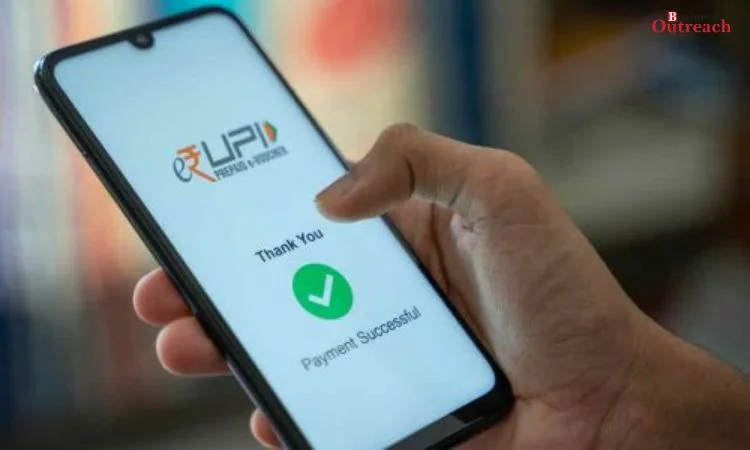Unified Payments Interface transactions in India dropped marginally to 13.89 billion in June 2024 from 14.27 billion in May 2024. The drop is minor, and on its exponential growth over the last few years, the UPI has taken central place for the country’s digital payments.

PC: Onmanorama
While this decline may be a cause of concern, it needs to be placed in the larger context of long-term trends in the usage of UPI. NPCI data indicated that even as transaction volume declined, value was resilient. In June, the value of UPI transactions was at ₹14.45 lakh crore, comparable to the ₹14.96 lakh crore notched up in May. That means that, although fewer transactions were processed, the average transaction value did not fall significantly.
Several factors may point to this marginal drop, such as:
1. Seasonal Variations: Economic activities fluctuate due to seasonal variations. For instance, activities may be higher due to the financial year-end in March and may stabilize in the following months.
2. Technical Challenges: There are periodic technical glitches or maintenance activities that would have affected transaction volumes temporarily.
3. Saturation: The growth rate will taper—stabilise—naturally as UPI goes into the rhythm of everyday financial activities.
Though there has been a slight drop, UPI will go on to change India’s digital payment landscape. Started in 2016, the growth of UPI has been exponential, facilitating seamless and instantaneous transactions between banks using mobile platforms. Currently, UPI leads the digital payment space and leaves other payment methods such as credit and debit cards, net banking, and wallets way behind.
The other major factor has been the introduction of UPI Lite. For small-value transactions, something like UPI Lite has been created; there, also, the acceleration of the process with the elimination of the PIN while making payments has been done. Specifically, on Paytm, this has been quite popular—it clocked 50 million transactions via UPI Lite and a transaction value of ₹280 crore.
With regard to the banking space, the biggest contributor of transactions in UPI comes from the State Bank of India, followed by HDFC Bank and Bank of Baroda. The transaction volume for these banks has largely remained high, reflecting the large customer base and wide reach of their digital infrastructure.
PhonePe, Google Pay, and Paytm are the dominant UPI apps that corner a share of about 95% of the total value of UPI transactions. PhonePe commanded a 46% market share in the segment, with 36% for Google Pay and 13% for Paytm. All these apps might have captured consumer behavior through their user-friendly interfaces and also offered a variety of incentives to rope in and retain users.
That the transaction number has reduced marginally in June does little to dull the myriad ways in which UPI has transformed India’s payment landscape. Integration with foreign payment systems and a host of new features in the pipeline, such as credit on UPI and raising transaction limits for UPI Lite, point to strong growth ahead.
Experts thus expect UPI to continue dominating digital payments, projecting it to account for 90% of retail digital payments by FY27. Group NPCI has set an ambitious growth target with target transactions of up to 2 billion a day in not-too-distant future, driven by growing merchant acceptance and user base.
Even though the marginal fall in UPI transactions in June may raise eyebrows, it has basically been a small blip in one of the most remarkable growth stories. In this case, innovation and expansion across India and beyond will surely maintain UPI’s position at the very top of digital payments.















